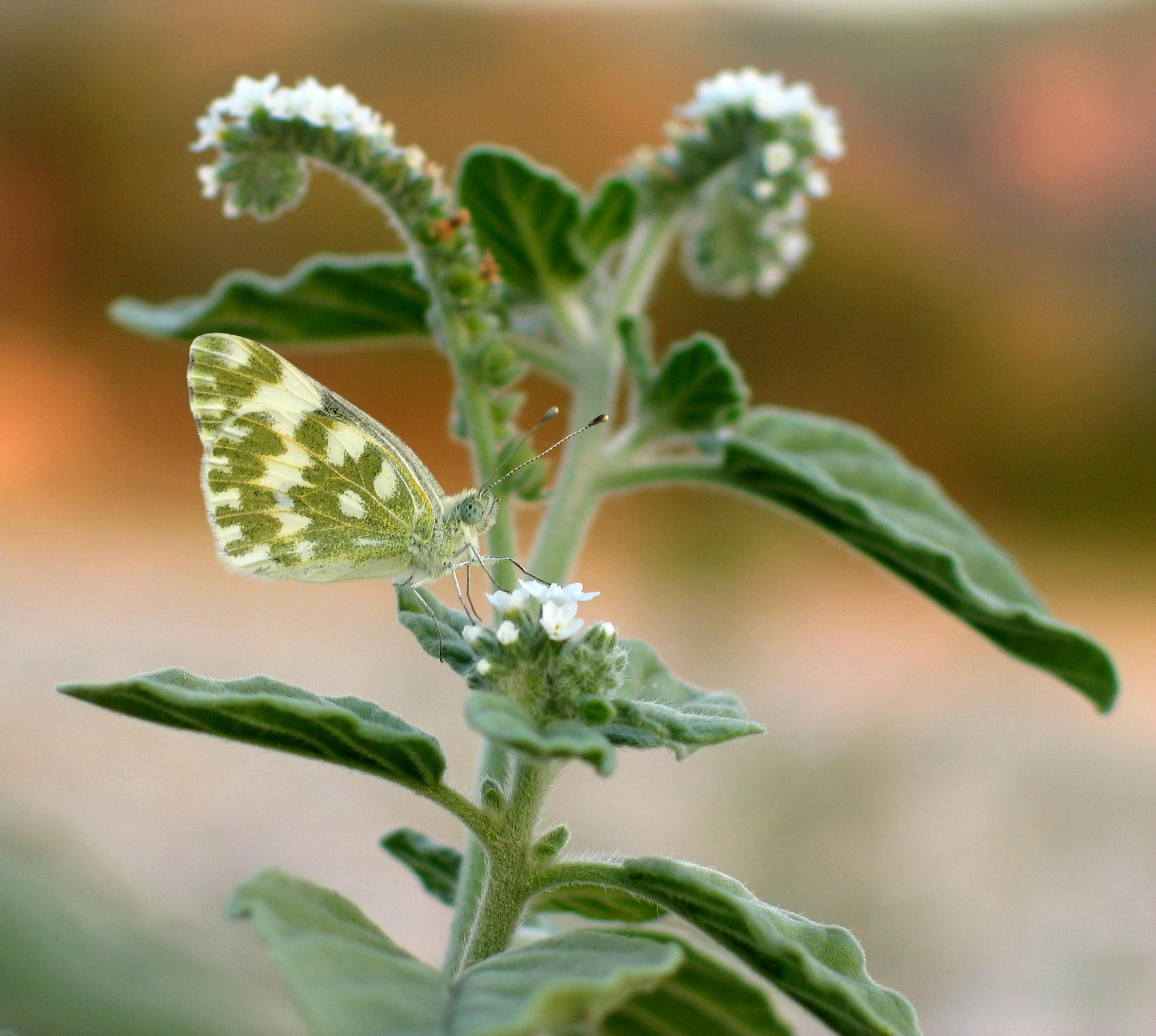Essential Guide to Improving Care for Your Grey African Parrot in 2025

Top 5 Smart Ways to Care for Your Grey African Parrot in 2025
As bird enthusiasts know, the African Grey Parrot is renowned for its stunning intelligence and remarkable social abilities. This species, one of the most captivating companions, requires a tailored approach to ensure it thrives in captivity. In this article, we will explore the top five smart strategies for caring for your Grey African Parrot, offering insights into their unique needs and the best practices that will promote their health and happiness.
From understanding their dietary preferences to harnessing their exceptional talking ability, we will cover all essential aspects of African Grey care. By following these guidelines, pet owners can foster an enriching environment that caters to their parrot's needs, creating a fulfilling bond that lasts for years to come.

1. Understanding Their Diet for Optimal Health
Providing a well-balanced diet is crucial for the health of your African Grey parrot. These birds have specific dietary needs that must be met to avoid health complications. The ideal African Grey parrot diet combines high-quality pellet foods, plenty of fresh fruits and vegetables, and occasional treats such as nuts or seeds.
Top Food Options for Your African Grey
Start with a high-quality pellet formulated specifically for African Greys, typically comprising 60% of their diet. Fruits like apples, bananas, and berries should be offered daily, with leafy greens such as kale or spinach a staple in their diet. Remember to avoid avocado and chocolate, as they are toxic to parrots.
Feeding Schedule Tips
A consistent feeding schedule can help regulate their metabolism and reinforces a sense of security. Aim to offer two main meals along with snacks throughout the day, observing their preferences and adjusting portions as needed.
Common Dietary Mistakes
New parrot owners often underestimate their Grey's eating habits, leading to obesity or nutritional deficiencies. Avoid unhealthy snacks and refrain from feeding them table scraps, which may upset their digestive system. Regularly consulting a vet about their diet is a great way to stay on track.

2. Promoting Mental and Physical Exercise
Physical and mental enrichment are essential for your African Grey's well-being. These parrots thrive in an active environment, requiring regular exercise to prevent boredom and undesirable behaviors.
Creating an Engaging Environment
Providing toys that stimulate their intellect, such as puzzle feeders and foraging devices, encourages healthy mental stimulation. Rotating toys regularly will keep their interest alive. Outdoor time in a bird-safe aviary can also provide valuable exercise opportunities.
Socialization and Interaction Techniques
Regular interaction has proven beneficial for both the owner and the parrot. Engaging in one-on-one time daily helps strengthen your bond while allowing the bird to express its social nature. Teaching simple commands or tricks through positive reinforcement further stimulates their intelligence.
Recognizing Signs of Boredom
Be mindful of signs of boredom, as they can lead to destructive behavior or excessive screaming. If your bird begins plucking feathers or shows aggression, it may be time to reevaluate its environment and enrichment strategies.
3. Essential Grooming Practices
Grooming is an essential component of African Grey parrot care, contributing to their overall health. Regular maintenance can prevent health issues and enhance their natural beauty.
Effective Feather Care Strategies
African Grey parrots may need wing and nail trimming; however, it is essential to consult a veterinarian or trained professional for this. Bathing is vital to ensure they remain clean and healthy. Consider offering a misting shower or a gentle spray bottle with lukewarm water.
Beak and Feet Maintenance
African Greys have strong beaks, which require natural chewing opportunities to prevent overgrowth. Providing safe wood blocks or cuttlebone ensures proper wear. Regular inspections of their feet can help identify any issues, such as scaly leg conditions or infections.
Common Grooming Mistakes to Avoid
Be cautious with at-home grooming. Attempting to trim feathers without professional assistance can lead to injury. Also, neglecting baths can make their feathers oily or dirty, affecting their overall health.
4. Training Your African Grey Effectively
Training is paramount when caring for an African Grey parrot. Their intelligence and ability to learn make them highly trainable but require time and patience from their owners.
Positive Reinforcement Techniques
Utilize positive reinforcement methods such as treats and praise to encourage desired behaviors. Start with basic commands like “step up” and “come,” gradually advancing to more complex tasks.
Teaching Talking Abilities
African Greys are renowned for their talking abilities. Regularly speaking to them and repeating words or phrases will enhance their vocabulary. Encourage them and respond with enthusiasm when they mimic sounds or words.
Advanced Training Tips
Once your bird masters basic commands, consider teaching tricks or more complex behaviors. Activities could include fetch or interactive playtime with their favorite toys. Remember to keep sessions short and engaging to maintain their focus.
5. Ensuring a Safe and Comfortable Habitat
A safe, comfortable habitat is vital for an African Grey parrot’s happiness. Appropriate cage setup and appropriate placement are crucial components of care.
Choosing the Right Cage
Invest in a spacious, sturdy cage with sufficient room for movement. Ensure the bar spacing is appropriate for their size. Include perches, multiple levels, and various toys to create a stimulating environment within their cage.
Home Environment Considerations
Environmental factors, such as noise levels and room temperature, are significant. Place the cage in a quiet area away from direct sunlight and draughts. Keeping them engaged and comfortable will improve their overall well-being.
Regular Habitat Maintenance
Routine cleaning is another vital aspect. Remove waste and replace bedding regularly, paying attention to food and water dishes. A clean habitat prevents health issues and ensures your parrot remains happy and healthy.
Conclusion: A Lifetime Journey of Care
Caring for an African Grey parrot is a rewarding experience that demands dedication and effort. By implementing these five smart strategies—ensuring proper diet, fostering exercise, maintaining grooming, effective training, and providing a safe habitat—owners can enjoy a meaningful relationship with their feathered companion. Through civility and connection, we support their exceptional intelligence and vibrant personalities.
For those considering adopting a Grey African parrot, don’t hesitate to reach out to local adoption centers or reputable breeders for guidance. Each parrot's journey is unique; with love, compassion, and the right care, their lives can truly flourish.